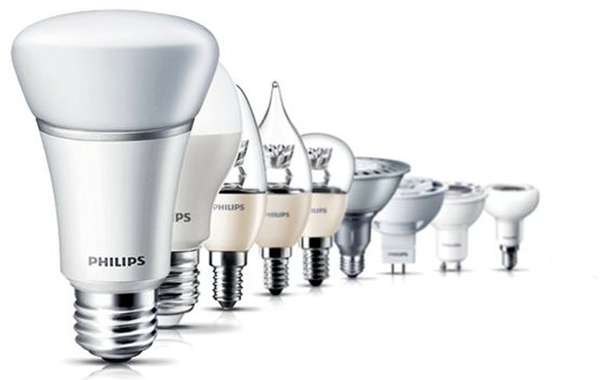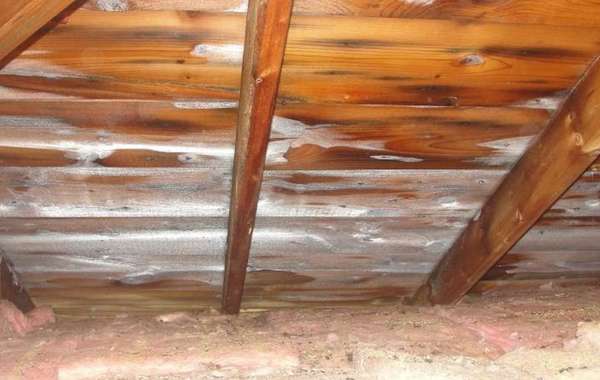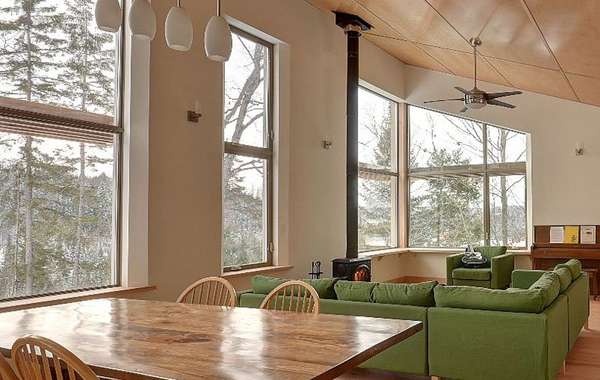What is the difference between LED and Incandescent lightbulbs?
At the beginning of the 20th century, light bulbs were handmade, with incandescent filaments painstakingly being placed in tiny glass globes. Manufacturing is a little more automated now, but the performance of incandescent bulbs hasn't changed - 80-90% of the energy consumed is still converted into heat, not light.
LED is the opposite - about 80-90% of their energy consumption is converted into light, so they emit very little heat in comparison to incandescent bulbs. They are safer in terms of being a fire hazard or even just burning your fingers on occasion and they will also help with comfort in summer months - having ten 100 watt incandescent bulbs turned on in your home is like turning on an 800-900 watt heater.
For a long time after their inception, LEDs were always efficient but they offered nothing but cold clinical-looking light. The 'more efficient' option in those days was the sickly green glow of compact fluorescent bulbs which, being full of mercury gas, also posed a serious health hazard if you broke one. LEDs have significantly warmed in colour in the past few years, and now with the introduction of their answer to filament bulbs, LEDs can finally offer that old-time glow of antique chandelier lights.
Are there filaments on an LED bulb?
Sort of... it's just an illusion: LED filament bulbs contain a glass frame with a series of simulated filaments that glow when lit. Apart from the fact that these mock 'filaments' appear yellow when the bulb is switched off, there is little indication that you are looking at an LED light when it's on.
A close inspection by a purist may reveal the fact that Thomas Edison didn't make them for you by hand (similar to the way a purist will notice the missing crackle of vinyl records in MP3 recordings); just don't look (or listen) that intently. Instead, sit back and enjoy the music and warm light.
The difference between incandescent and LED filament bulbs:
The thin coil of filament in an incandescent bulb heats up as an electric current flows through it, thus it produces light. The principle is the same with an LED filament bulb, but standard incandescent filaments are simply imitated using LED chips. And the real difference worth remembering is that a 4 watt LED filament bulb gives off the same light as a 40 watt incandescent bulb and it will last a hundred times longer, or more.
- Average life: between 15,000 and 40,000 hours (compared to 50 to 100 hours for incandescent)
- Average energy consumption: between 2 and 10 watts (compared to 60 - 100 watts with incandescent)
Are LEDs affordable?
According to a study by the Swedish Energy Agency in November 2014, LED filament bulbs cost on average 20% more than conventional LED bulbs, but are 40% more efficient. You will find that prices vary greatly - they generally range between $3 and $20, depending on the model.
It would seem, however, that price is not directly related to performance. According to that same study, among the LED filament lamps tested, the cheapest ones cost less than half the average price, while their efficiency was actually above the average, and their brightness and available colour selection were also comparable.
Lastly on the topic of price, that study was done many years ago, and as LEDs have become more mainstream, they have already closed the gap significantly with incandescent bulbs.
Finding LED bulbs:
You should be able to find LED bulbs in most home and building supply stores; they're even common in local hardware stores now. Things to look for when comparison shopping between any LED bulbs are if they carry an ENERGY STAR certification, the colour of light they emit, and whether or not they are dimmable if that's what you're looking for. Filament bulbs are often also called 'vintage LEDs'. For further research of specific brands, it may be worth doing a product review of a particular brand before you stick it in your Amazon or Ebay shopping cart.
For an accurate visual comparison between the old world and the new, we found this great video at Super Bright LEDs that shows the incredible likeness between modern LEDs and traditional looking filament bulbs. The company sells filament bulbs and ship all across Canada and the US.
-
Now you know about LED filament bulbs, learn more about home lighting and energy efficiency in the following pages and in the Ecohome Green Building Guide.
-
All about home lighting design
-
Different electric home heating types - which are best?
-
Best energy saving tips for green homes - 10 tips
-
Renewable energy - what are the best ways to generate power at home?
-
Future-proof building techniques for a changing climate
Find more about green home construction and reap the benefits of a free Ecohome Network Membership here.
-




























Comments (0)
Sign Up to Comment